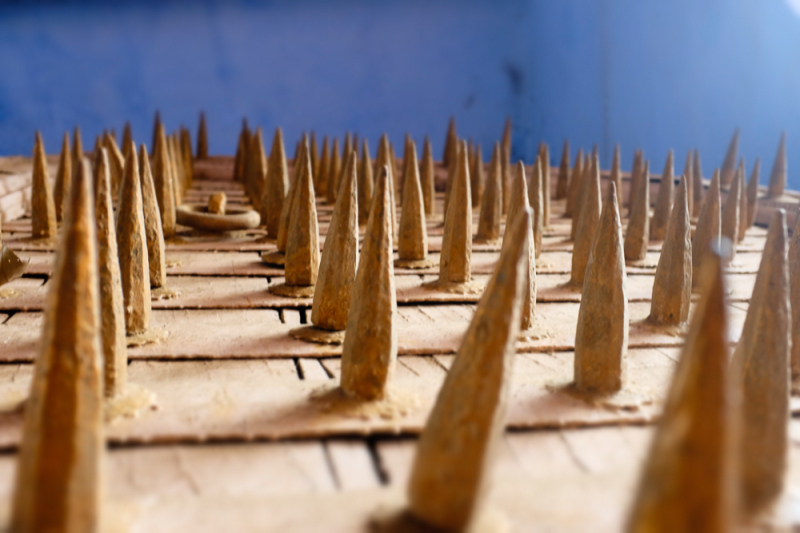FujiFilm X100s Advanced Filters
FujiFilm do some of the camera film emulations in the photography world. And the X100s Advanced Filters show this off remarkably.
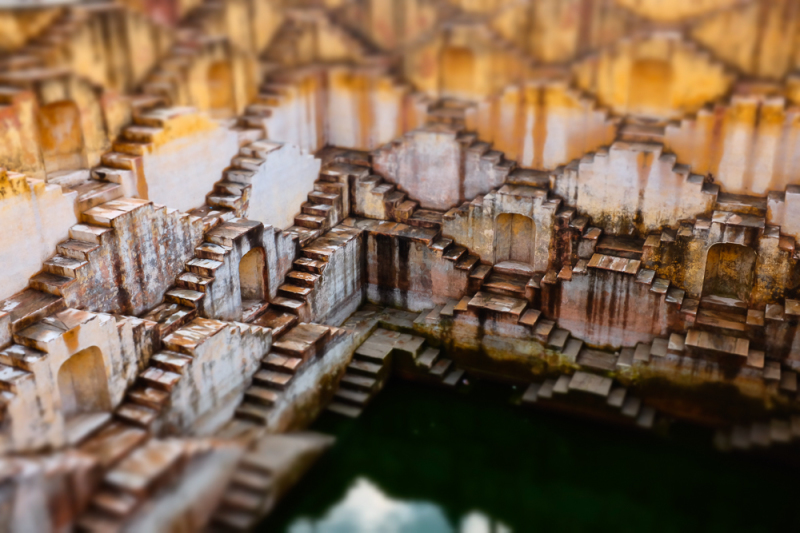
Normally I avoid any in camera filters when making photos with my bigger cameras. My preference is shot in RAW and leave any processing, like conversions to black and white, until later, when I load the images into Lightroom.
But, I’ve been intrigued by the in camera options available with the FujiFilm X-series cameras. The X-Pro1 and X100s have better onboard film emulations than any other camera I’ve tried. Certainly, if you are a fan of the old Fuji film stock, like Velvia, Provia and Astia, then the camera can deliver surprisingly good images, in JPEG format. And, the black and white conversions, especially when mimicking the effect of a red or yellow filter are also surprisingly good.
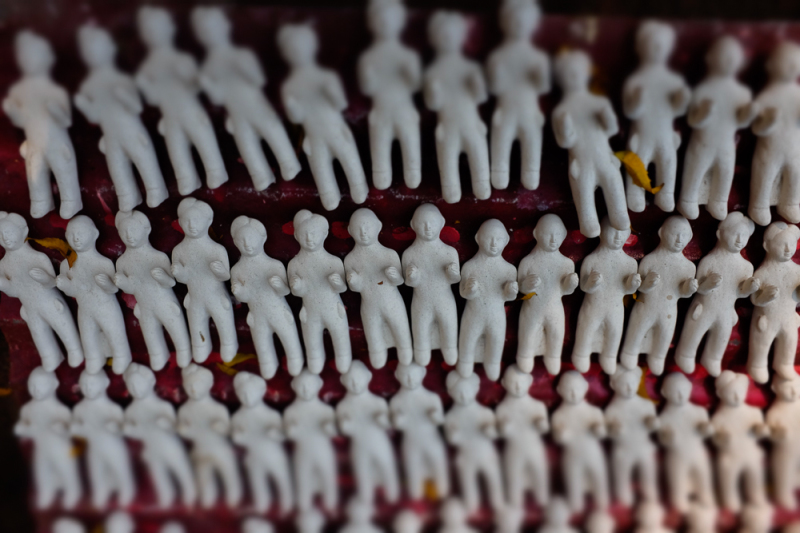
Although, I haven’t been tempted by the feature another trick hiding in the X100s menu has captured my imagination, the Advanced Filters.
These create in camera effects in a selection of popular contemporary styles, like high key, Holga/toy camera, miniature/tiltshift and one-shot high dynamic range. The resulting images are delivered as 4896×3294 JPEG files and despite losing some post-processing potential, compared to RAW files, the pictures are intriguing in their own way.
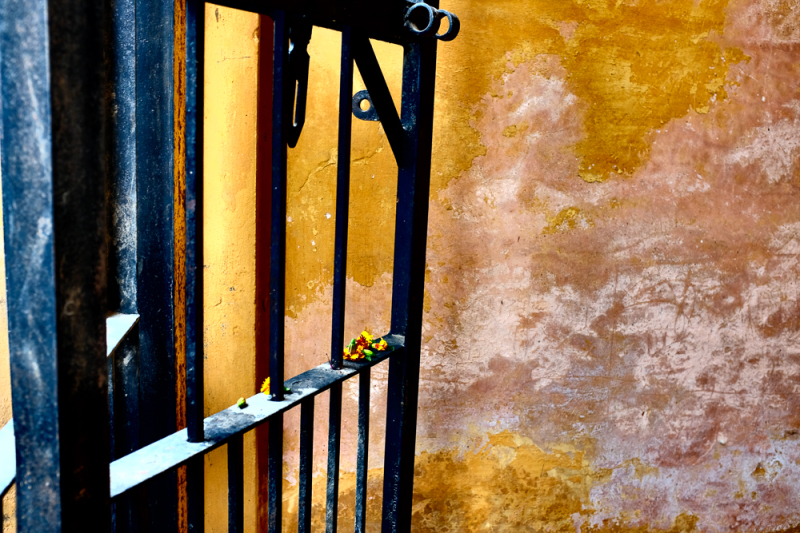
The images I’ve shared here are straight from the camera, with no adjustments made in Lightroom. I’m not about to abandon my RAW based workflow for this, of course, but it is a lot of fun to create images with these filters and I can certainly imagine doing a shoot, or event, solely in this mode.
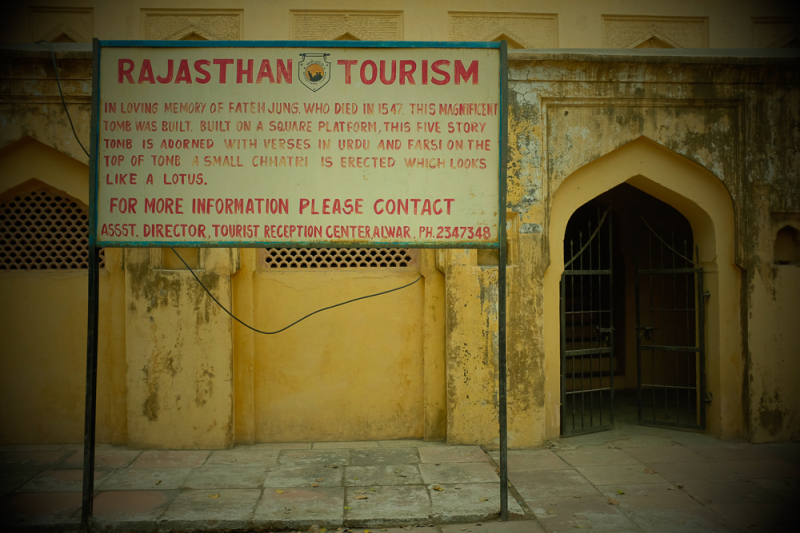
One of the appealing things about the Advanced Filters are the way the X100s offers them up right in the viewfinder. When you shoot in this mode, the electronic viewfinder takes over from the optical and renders the scene with the effect, right in front of your eye. So, as you compose, you can tune the image you are creating to the effect you are using.
If you have one of these cameras, then I encourage you to play with the Advanced Filters, they might just surprise you.
